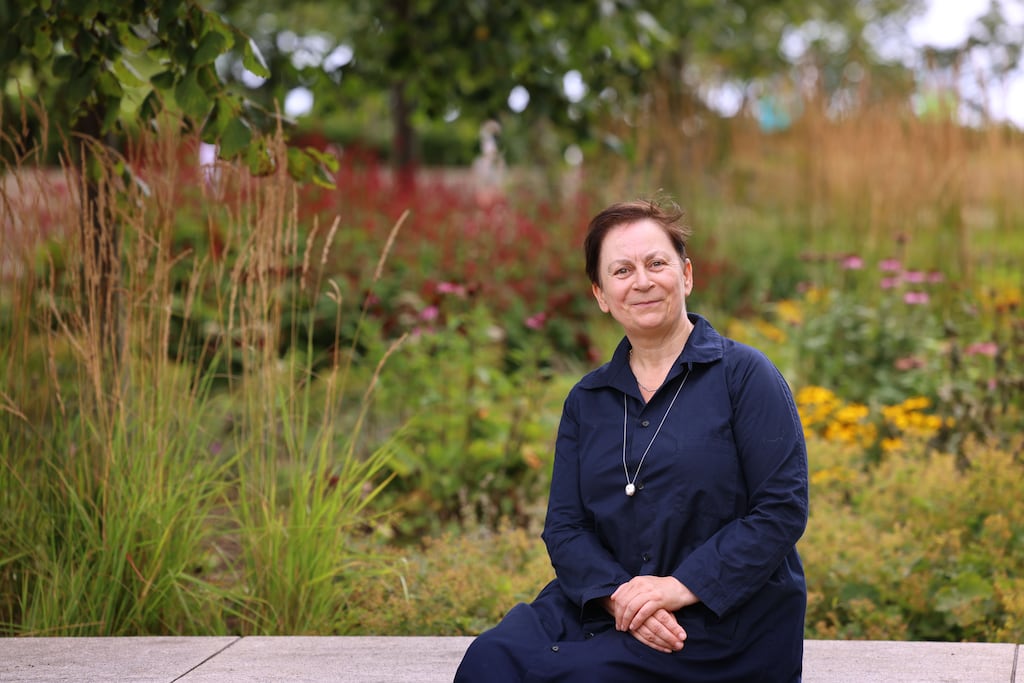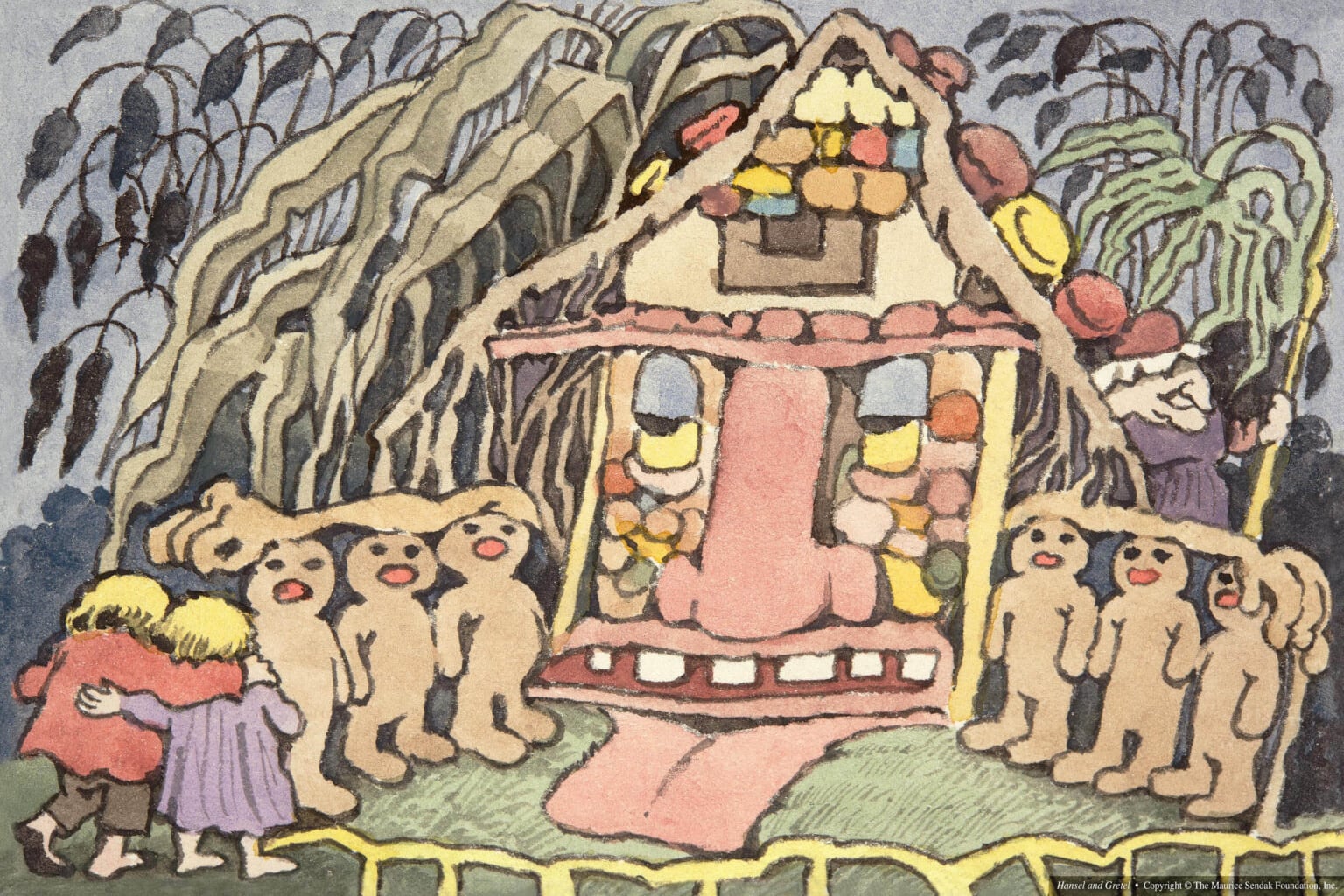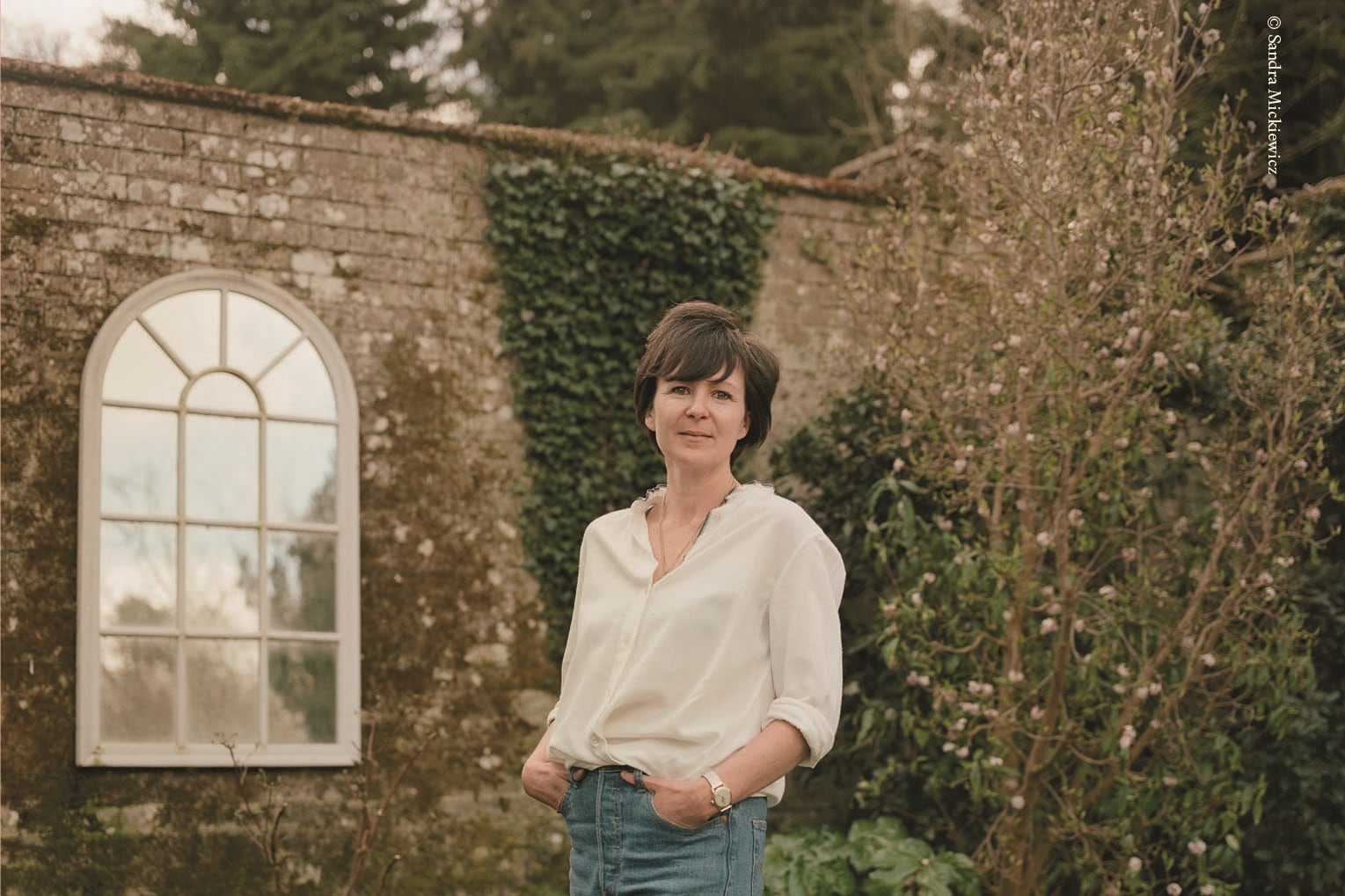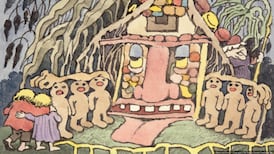The last essay in Attention begins in Venice. Anne Enright and her husband are on a cycling trip that will take them to Trieste and, from there, through Slovenia to the Croatian town of Poreč. She notes wryly their state of unpreparedness: “we are not young and fit. These days the ‘organ recital’ is followed by the ‘joint account’ as we discuss shoulders, knees, vertebrae and hips. Our itinerary is too ambitious. It always is.” By day five she is in pain everywhere but the reward is that “the pace of my bike is the pace of my noticing, and for half an hour at a time, I am in an ecstasy of attention”.
The essays in the collection capture some of that ecstasy in the admiration Enright professes for writers she particularly values such as Angela Carter, Edna O’Brien, Toni Morrison and Helen Garner. But the pain evident in the forms of wrong done to women in the name of political and social propriety is also a constant. The “attention” in the book’s title is both a comment and a warning: a comment on the expansive scope of Enright’s curiosity – her paying attention to everything from the anatomical oddity of Irish male slang (how can you “talk” shite) to Canadian preferences for patterned socks – and a warning to remain attentive to the multiple forms of silencing and exclusion that have blighted generations of women’s lives in Ireland and beyond. Though most of the pieces have already been published elsewhere in magazines and newspapers, the publisher has done the reader a signal service by bringing the essays together under one cover if only to give a sense of the hinterland to the preoccupations that have shaped the fictions of one of Ireland’s foremost contemporary writers.
Enright makes all her own Toni Morrison’s crusade against “lump thinking”, the tendency to resort to generalities and not deal with people, “one by one”, each as they appear. She is not afraid to ask difficult or awkward questions about writers she greatly admires. In a meticulously researched essay on Alice Munro, she argues that the work of the Nobel Prize laureate needs now to be read in the light of the abuse of her daughter by the child’s stepfather. Enright’s forensic intimacy with Munro’s work allows her to examine the impact of withheld knowledge and patterns of denial in the working out of the Canadian author’s later fictions. The critical alertness of Enright’s mind is on compelling display in a piece that is written with both great tact and a clear sense of moral purpose.
[ Maeve Brennan, a writer who was at home in neither Ireland nor AmericaOpens in new window ]
The troubling intersection between art and life also surfaces in an essay on John McGahern, originally commissioned for a New York Review of Books edition of The Pornographer. Enright traces connections between McGahern’s refusal for many years to meet his son and the novel’s often clinical exploration of the consequences of an unwanted conception. This is not biography as a straightforward morality tale, however. Enright is more concerned with how the details of a life can illuminate particular fictional choices and writerly concerns that might otherwise seem puzzling. It is, again, her knowing and deep engagement with McGahern’s work that lends force to her assessments.
READ MORE
Her admiration for Maeve Brennan, however, remains undiminished in an elegant tribute to the Irish writer who spent many years in New York and was largely ignored by Irish critics before the appearance of Angela Bourke’s major biography in 2004. Enright is particularly drawn to Brennan’s distinctiveness as an author who cultivated a recognisably urban voice: “The Irish oral tradition has a performative aspect that can tip a writer’s persona into ‘personality’, but Brennan’s characters had very little ‘character’ to speak of.” It is the understated plausibility of these characters, populating Dublin’s inner suburbs, that frees them from the tyranny of national type, from what Brennan herself called “the bog and thunder variety of stuff that has been foisted abroad in the name of Ireland”.
Another female exile who invites praise for her refusal to foist conventional forms of pious cant on her readers is Edna O’Brien, the subject of “She Never Left: In memory of Edna O’Brien.” Enright is struck by O’Brien’s fierce love for a country that hurt her so deeply and by the risk-taking of a life often lived in a “swirl of the projection of others”. It is O’Brien’s unstinting commitment to her art and great personal courage that command Enright’s respect. She underlines O’Brien’s abiding interest in the rhythm and musicality of language and her passion for Joyce and Flaubert that was fed by their acute sensitivity to the symphonic possibilities of form.
In a frank confession towards the end of her essay on Angela Carter, Enright admits her envy of the iconoclastic clarity of the feminists of the 1960s and 1970s and their preoccupation with body and image: “And I regret that my own work is so mired in the problem of the self and of the body, and not the body as object or image, but the seeing, desiring, penetrated, pregnant, mortal and happy body: also the fragmented body, the body that contains the eye.” This declaration, as borne out by the essays contained in the section entitled Bodies is an avowal of strength rather than a disclosure of weakness. Enright’s interest in the ways women’s bodies are policed, controlled, abused, or rendered invisible or troublesome, produces some of the finest essays in this compelling collection.
The standout essay is Antigone in Galway: The dishonoured dead of Tuam’s Mother and Baby home. In this piece – first delivered as a lecture during her tenure as Laureate for Irish Fiction in 2015 – Enright brings together the Antigone myth and the graveyard rituals around the burial of the Irish Patriot Dead to highlight the unrelieved horror of the dispatch of the unwanted dead in the Mother and Baby Homes. If Antigone has to brave the ire of Creon to bury her dead brother Polynices, local historian Catherine Corless had to endure the opprobrium of those who were unable or unwilling to accept her evidence of the cruel indifference to the fate of almost 800 babies and children who perished in the Tuam mother and baby home in 1925-1961. The subject of mother and baby homes and the Magdalene laundries has received extensive media and cinematographic treatment in more recent years, but Enright’s essay is remarkable for the expressive clarity of its indictment and the persuasive intensity of its disciplined anger.
The author of Making Babies: Stumbling into Motherhood (2005) has more to say on the subject of pregnancy and childbirth: in Difficulties with Volkswagen: Labour in Fiction, she wonders why, in a country that was obsessed for decades with female reproduction and fertility, labour and birth have featured so rarely in Irish literature. Enright is curious about the relationship between women and the medical profession, more generally. In Unruly Bodies: Women and their Doctors, she offers a dispiriting set of statistics on disparity in pain control for women and men (men get more, women get less) and a woman’s chance of survival in the hands of male rather than female surgeons (appreciably less). Women are less often believed by doctors, who will tend to dismiss their symptoms as psychological: “The fact that male silence is given more credibility than female utterance has always presented an exhausting paradox for women: the more you say, the less you are ‘believed’.”
Yet Enright’s eye is not always for the high stakes subject. She is witheringly funny on a cack-handed literary event in the Freud Museum in Vienna where she sold the princely sum of two books. In a deeply engaging piece, Oh Canada, she describes her memories of spending two years at an international school on Vancouver Island in her late teens. When, on her arrival, she asked when there was hot water available for showers, “the Canadians laughed. What a question. There was always hot water. Where was I from, 1953?”
As in her fiction, Enright frequently makes use of an allusive phrase that leaves the unsaid eloquently unspoken. Giving an account of time spent at the University of East Anglia in the late 1980s, she notes “the whole business of being Irish in England seemed to me old-fashioned and, in tiny ways, ghastly”.
The tiny ways in which loss makes itself felt is captured in a previously unpublished piece, House Clearance. Emptying the house of a deceased parent is the unravelling of the material details that make up a home, and no object is spared the scrutiny of recollection.
Attention also takes on the complex politics of consent, the legacy of the #MeToo movement and the endlessly provocative reach of Joyce’s formal experiments.
Creative imagination and analytic capacity do not always pair well. The accomplished author of fiction and the successful essayist are not necessarily interchangeable positions. In this important and substantive volume, however, Enright has put her writer’s gifts at the service of a genuine, sustained “ecstasy of attention”.
Michael Cronin is professor of French at Trinity College Dublin
Further reading
No Straight Road Takes You There: Essays for an Uneven Terrain (Granta, 2025) by Rebecca Solnit. The latest collection of essays by the American writer and activist is a tonic for our beleaguered moment. She makes a powerful case for the force of argument and collective action to bring about progressive change, even if the paths to get there are not always immediately obvious.
Baldwin, Styron and me (Biblioasis, 2025) by Mélikah Abdelmoumen, translated by Catherine Khordoc. An intriguing set of essays by a leading Quebec writer who explores the conflicted legacies of William Styron and James Baldwin to reflect on identity politics in the contemporary world.
Constellations: Reflections from Life (Picador, 2019) by Sinéad Gleeson has become something of a modern Irish classic in its challenging and moving account of the engagements of the female body with the medical profession and wider social forces in Irish society.













